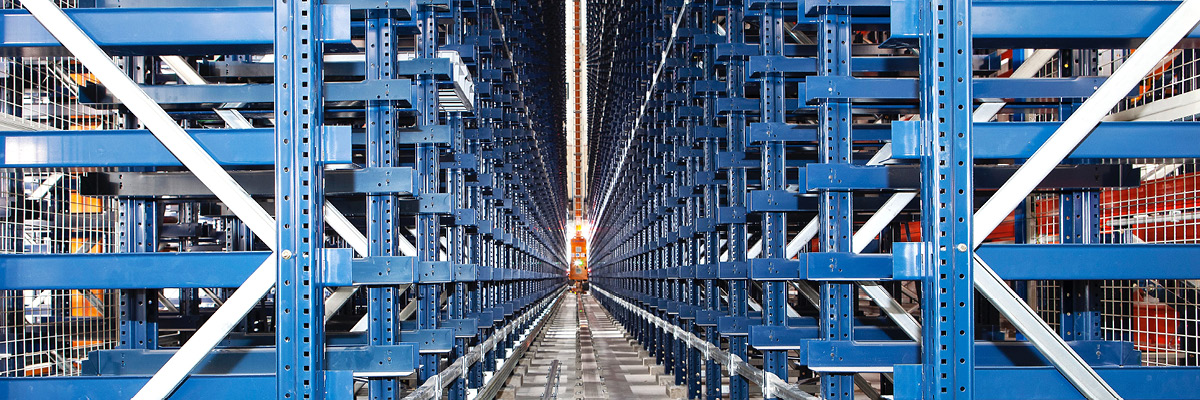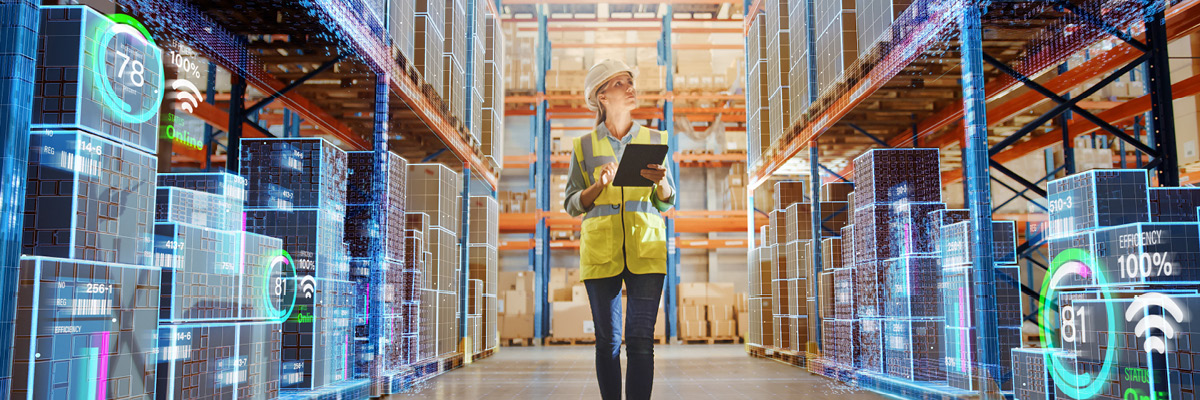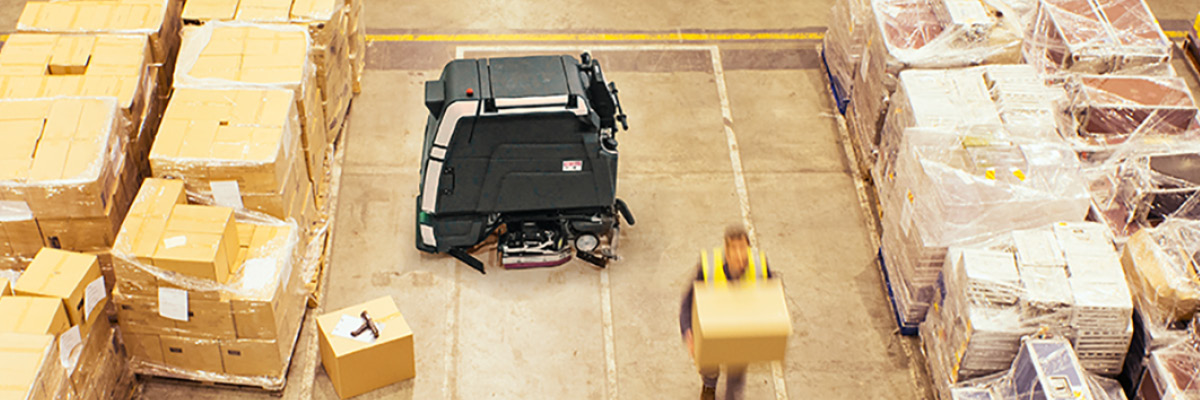
4 warehouse automation trends in 2023 that are here to stay
Always looking for ways to improve efficiency and keep up with rising demand, the warehousing industry is no stranger to adopting modern technology.
Robotics and automation have been at the forefront of a steady warehouse evolution over the last few decades, creating smarter ways to work that help businesses adapt to new challenges.
Changing worker demographics, rising operating costs, and labor shortages are examples of some of the current difficulties facing the warehousing industry. Each issue has driven home the need for novel approaches and solutions.
Trends already emerging in 2023 foreshadow where the industry is heading in the years to come. Although the pandemic exacerbated the situation, revealing weak points and bottlenecks, many of the underlying problems remain today.
As a result, organizations are speeding up their transition, actively seeking new ways to overcome their warehousing and logistics roadblocks for 2023 and beyond.
Here are four trends in the warehouse automation industry gathering steam over the past year.

1. Robotic picking systems on the rise
Picking robots help supply chains process orders automatically. This technology comes in many forms, such as robotic arms that pick and place items to mobile robots and conveyor systems that move goods to various stations.
A recent report by Interact Analysis forecasts the growth of the robotic picking sector over the next seven years. From less than 2,000 shipments in 2022 to over 50,000 by 2030, robotic picking systems will see accelerated growth heading into the next decade.
Advances in automation will also create more static manipulation roles for staff. Instead of needing to travel to and from multiple locations within a warehouse, employees can now work in more focused and fixed locations.
Globally, Interact Analysis predicts warehouses will have installed 150,000 picking robots by 2030. These robotic picking systems are expected to result in 7.5 million full-time employees responsible for static manipulation tasks by decade’s end, a more than 100% increase over 2022.
Limiting the number of mobile tasks workers need to complete every day increases worker productivity, lowers fatigue, and enhances the employee experience. Consequently, this improves retention rates, lowering employee turnover in an industry struggling with labor shortages.

2. Building more resilient supply chains
Warehouses will continue to turn to automation technologies to help them sail troubled waters. In a CNBC survey of 341 logistics managers at major companies and trade groups, 61% of respondents report their supply chains are still experiencing problems. More worryingly, 59% expect supply chain issues to persist into 2024 and beyond.
Labor shortages, shipping delays, and supply chain bottlenecks are here for the long run. Therefore, companies need to build resilience into their logistics operations.
As a result, the global warehouse automation market will steadily grow as companies seek a long-term fix. In fact, LogisticsIQ predicts a compound annual growth rate of 15% per year until 2028.
Reaching $44 billion within the next five years, technologies such as autonomous mobile robots (AMR) will become increasingly commonplace as the warehousing industry pivots to new and improved solutions.
3. Aiding employees with technology
Organizations that adopt robotics and automation to augment their workforce realize numerous benefits. By assigning dull and repetitive tasks to technology, employees are happier and more efficient. It also creates more professional development opportunities.
Lower rates of fatigue and burnout, improved employee morale, and opportunities to upskill all result from robots taking care of monotonous tasks.
Unsurprising, then, that in a survey of 1,000 supply chain professionals across multiple industries by Vecna Robotics and CITE Research, 70% of respondents highlighted how robotics have helped them retain their workers.
Furthermore, more than half believe robotics and automation facilitate new skills and new prospects for employees.
Indeed, existing staff become more valuable as they expand their abilities. These more capable and well-rounded workers contribute to your organization in new ways, further strengthening your robotics return on investment.
So, while investing in automation improves pick-and-pack times, order processing, and other standard warehouse workflows, it also makes your organization more attractive, productive, and successful moving forward.

4. Warehouse floor scrubbers
The biggest warehouse automation trends of 2023 center around efficiency, service quality, and employee satisfaction standards. One technology delivers these three benefits and more, and it’s going to see even greater adoption moving forward: warehouse cleaning machines.
One of the most dirty and demanding jobs in a warehouse is cleaning the floors. Extended operating hours, dynamic floor activity, and continuous material and traffic flows guarantee never-ending cleaning demands.
The average warehouse worker performs multiple tasks throughout their day, so manually scrubbing the floors increases their workload even more. And on the management side, labor shortages have made it almost impossible to devote more time and resources to improving cleaning standards.
As a result, leading warehousing and logistics facilities are turning to floor cleaning robots like Neo 2W. Delivering both an immediate and long-term return on investment, fully autonomous floor scrubbing robots help organizations succeed on numerous fronts, including:
- Raising and maintaining cleanliness standards without hiring more labor.
- Streamlining cleaning costs while freeing up labor hours.
- Reallocating warehouse associates to productivity-focused, revenue-generating tasks.
- Reducing exposure to labor shortages and worker absenteeism.
Boost your warehousing and logistics operations with Neo 2W
Purpose-built to succeed in an environment where many cleaning robots struggle, Neo 2W continues the trend of warehouses turning to robotics and automation.
Whether your primary goal is to improve cleanliness, raise warehouse productivity, or increase employee happiness and retention, Neo 2W is a smart and long-term solution.
If your organization is looking to make a cost-effective, scalable, and mutually beneficial investment in your facility and its workers, Neo 2W will provide an uplift to your operations on numerous levels.
Contact us today to learn how cleaning automation helps you solve today’s challenges while building tomorrow’s success.
Related articles
Subscribe to the Avidbots blog!
Stay in the know about all things Avidbots plus the latest industry and technology insights.